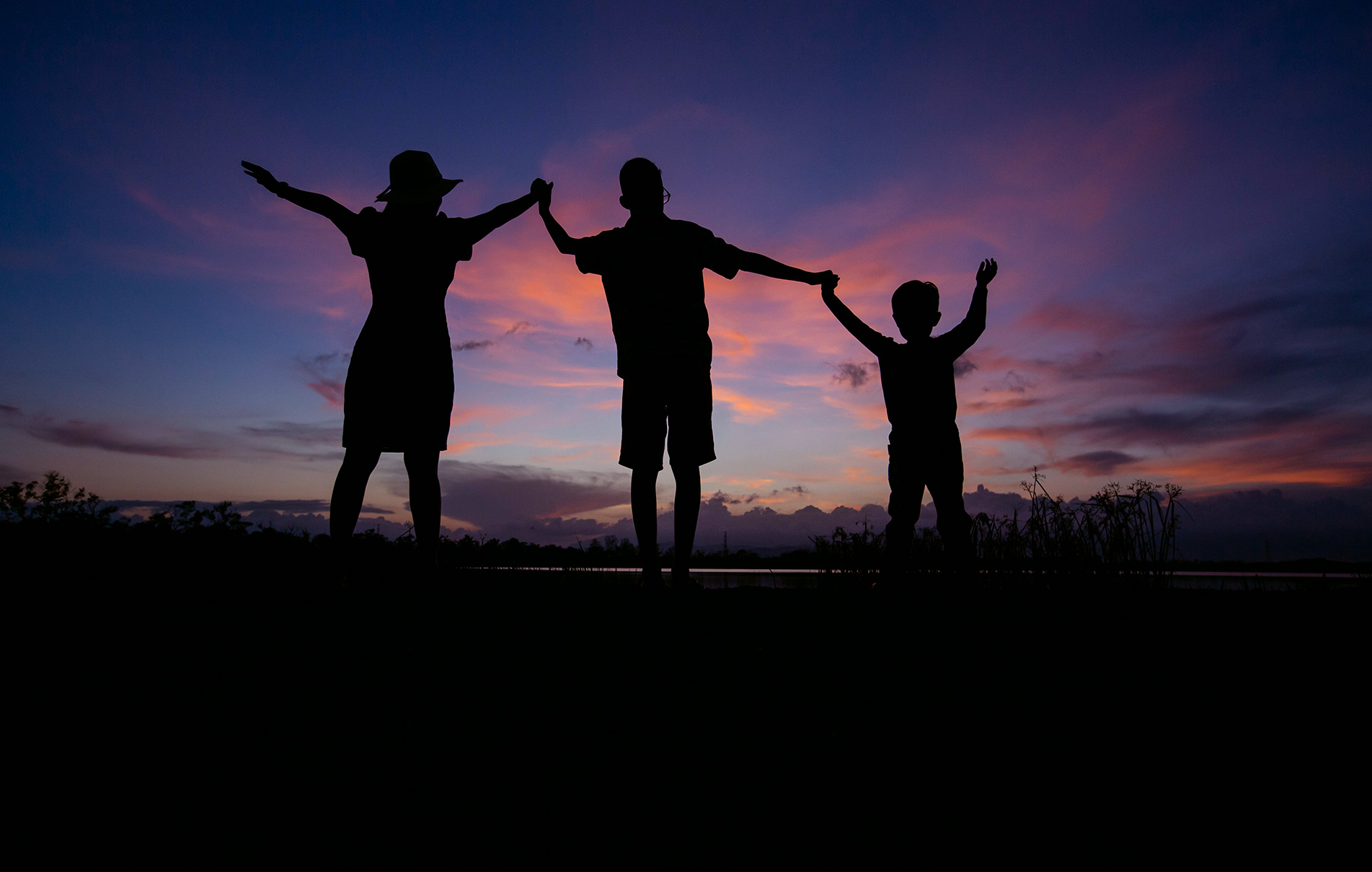A few days ago, I was driving with my mother seated beside me. We were chatting casually when a speed breaker appeared out of nowhere. Instinctively, as I hit the brakes, my hand reached across my mother’s chest, the way many of us do to protect our co-passenger from leaning forward abruptly. My mother looked at me and smiled. “You’ve always been someone who looks after the person next to you,” she said. “You’re a good driver.”
My aunt, who was in the back seat, chimed in with her own compliment: “Your driving is so comfortable that I can actually fall asleep.”
Their comments stayed with me long after the conversation ended. Why do I drive the way I do? Why am I slow, steady, controlled and calm, but bold when I need to be? Why am I the kind of driver who protects the person next to me without even thinking?
Later that evening, I found my answer.
I drive the way I do because I grew up learning what unsafe driving feels like. Because I grew up watching what fear looks like in the passenger seat. When my brother and I were younger, we often travelled from our hometown to the neighbouring city, about 30 kilometres away. But my mother, brother and I always dreaded one thing: travelling with my father behind the wheel. We knew exactly what would happen. A fight from the morning would be carried into the car, or a fresh argument would erupt from nowhere. His voice would rise, his temper would flare, and the car would become a moving pressure cooker. The speed would go up, the rashness would increase, and my mother would sit there silently absorbing the emotional blows.
I remember one incident vividly. We were crossing a speed breaker and my mother wasn’t prepared. Her head hit the roof of the car. Even then, my father did not apologise. Not a word. It was just another day, another drive, another moment of careless aggression.
During those journeys, my mother would cling tightly to the side-grip of the passenger seat. The handle that is usually meant for getting out of the car. In movies, you only see people holding that handle during an off-roading adventure or a near-crash. But for my mother, it was part of a normal drive. Her body was bracing for what her mind already feared.
So perhaps without realising it, I made a quiet promise to myself during those childhood rides. When I drive, my passengers will feel safe. When I drive, no one will have to hold on to anything.
Learning to drive brought its own memories. I learnt from different people, including my father. But learning from him was frightening. He would yell, he would lose patience, he would sometimes even hit us. I remember being slapped once while trying to learn. That fear seeped into my relationship with driving.
In contrast, learning from my mother and grandfather was peaceful. When I made mistakes, they gently explained what went wrong. When I did something right, they appreciated it. And the next day, they would sit with me again, guiding me through the process, helping me correct myself. With them, driving became a skill, not a battlefield.
But the story I am writing today is not about driving. It is about safety. It is about women’s right to peace, whether inside a home, inside a car, or inside their own minds.
My mother went through years of emotional, mental, and even sexual harassment in her marriage. She survived moments that could make anyone break, anyone of any gender. Abuse is not gendered, but in far too many homes, its victims are women.
And then, there was the night I was molested. I was around thirteen years old, living with my family on a small island in an archipelago nation. On that island, there had never been a criminal case registered. But that night, my mother broke that silence.
She marched straight to the police station. People were shocked, not only because a case was being registered for the first time, but because she refused to be quiet. My father discouraged her, worried about “what society would say.” But my mother only said one thing:
“I want justice. I want to make sure this never happens to my child, or to anyone Else’s.”
That day, she wasn’t just my mother. She was a warrior. She was a woman who refused to allow silence to become a shelter for wrongdoing.
And that is what the 16 Days of Activism is all about. It is about women like my mother who refuse to run away. Women who choose to stay, fight, speak up, and correct the system even when they are Hurting.
Many people flee and that is a natural human reaction. The amygdala pushes us into fight or flight. But some choose a third path: to stay and set things right. To create a “right way” where none exists.
Women like my mother leave marks that outlive them. They make the world safer, not only for themselves but for the next person who walks through the door.
Today, when I see people working toward women’s safety — activists, lawyers, counsellors, social workers, educators, police officers, and even ordinary citizens, I am reminded of the ripple my mother created that night on the island.
I am proud of the people in my life who continue to fight for women’s safety. I hope I am one of them. And I hope I continue to push my own limits when needed, to raise my voice when silence is the easier option.
If my mother taught me anything, it is this: When the right path doesn’t exist, you don’t wait for it. You create it. And maybe that is why I drive the way I do. Slow. Steady. Protective. Always aware of the person beside me.
Because safety isn’t just a driving style. It is a value passed down, sometimes in the most painful ways. From one generation to the next.
Be well.
Karan Solanki
Categories: Blogs

